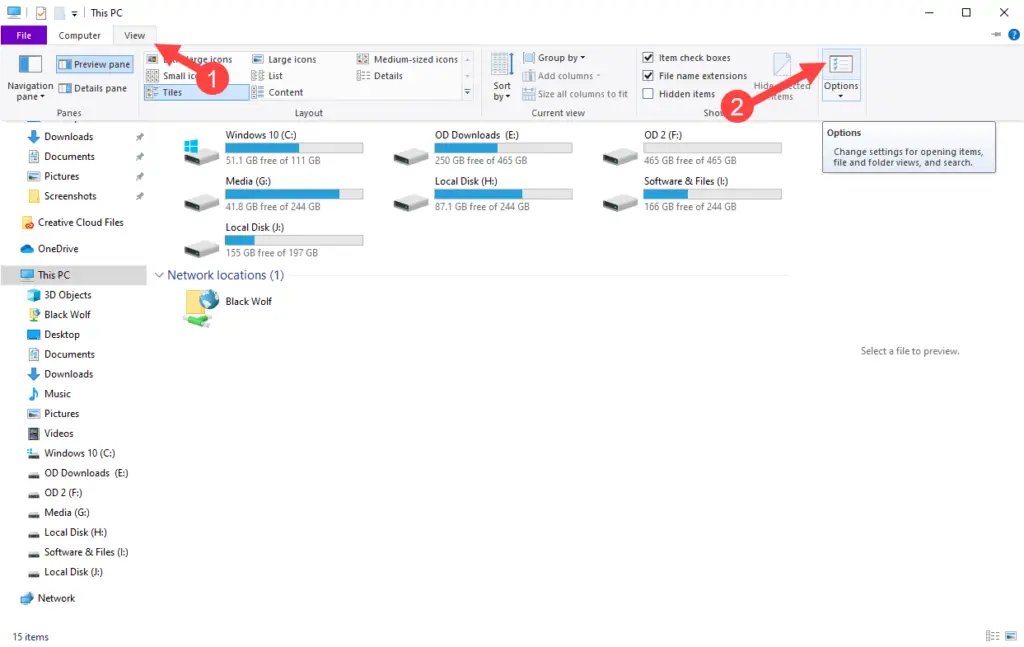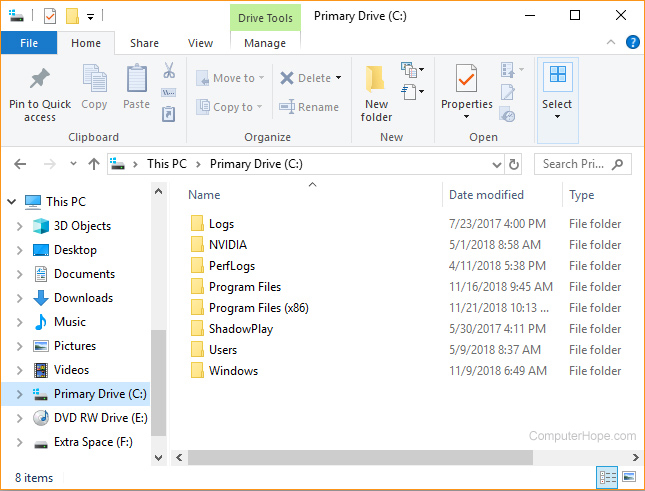

Since their only role is to store some visual customization options, deleting them does not damage your Windows installation. How do I get rid of the desktop.ini files? Can I delete them?ĭeleting the desktop.ini files is not recommended, even though it is not harmful. One way to do that is to use the search field from the taskbar to enter the keywords "folder options" and click or tap "File Explorer Options. To make Windows display these types of files, you first need to open the File Explorer Options window. You (or someone using your computer) must have set Windows to display both hidden and protected files, and that is why you seem to have desktop.ini files showing up everywhere. That is because they are protected operating system files, so, by default, Windows hides these files and recommends that users keep them hidden too. Why do I suddenly see desktop.ini files?ĭesktop.ini files are not always visible, and most Windows users never see them. You see two desktop.ini files because two folders combine to create your Desktop, each with its own desktop.ini: one for your user account and one for the Public Desktop. I'll do some more searching and diagnosis, surely someone has that command documented.The Desktop displayed by Windows when you start your computer or device is a combination of your user's Desktop and the Public Desktop folder.

I've also noticed, that some of the Win10 app icons on the taskbar aren't there, so I need some sort of PowerShell command to re-install all of the default apps, probably. While they worked in the video, they didn't work for me. Found a "Fix" video on YT, tried both solutions. Wired keyboard does same thing, so it's not the wireless dongle. Keyboard works otherwise, in browser URL bars, and Notepad.exe. I've got a thorny problem myself, with one of my Win10 mining PCs, it won't let my type into the WIN+S search box. (Edit: In-place Repair Install would probably work there, not the most time-efficient solution, but probably the most simple and straight-forward one for the user.)

If your problem had been, with actually launching File Explorer, and having it create a window on your desktop (albeit off-screen, in this case), then their solutions would probably have been more correct. I basically "knew" what your problem was, exactly, and how to fix it, because I've run into it a few times myself. Because, they don't have me advising over there.


 0 kommentar(er)
0 kommentar(er)
